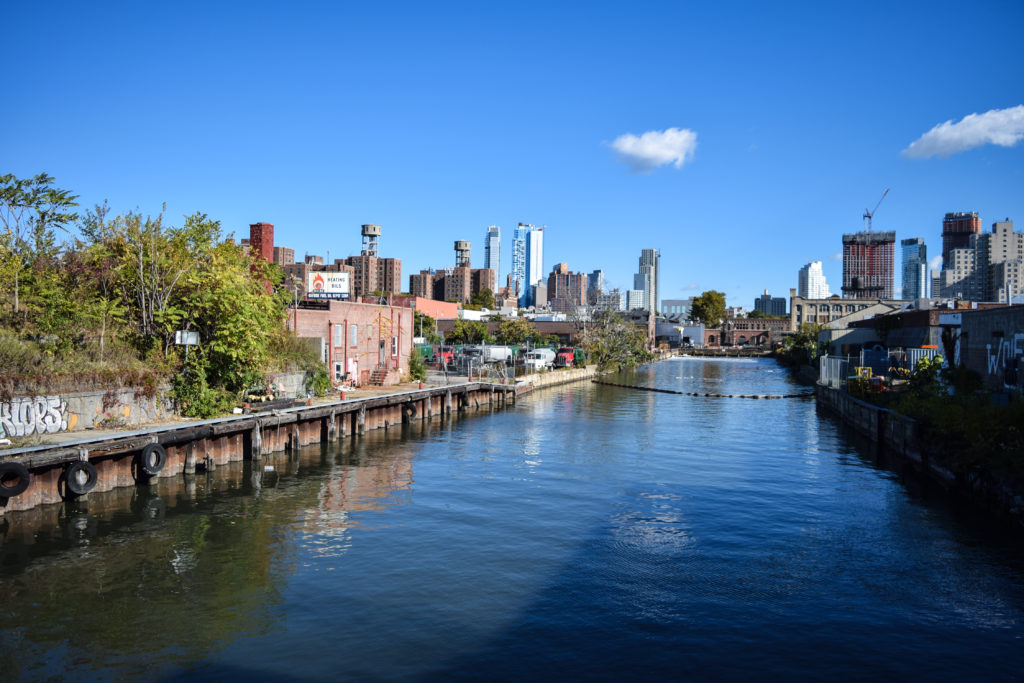Gowanus Canal Cleanup: Tanks or tunnel? It’s up to the EPA
‘Not all ideas are good for every place.’

The Gowanus Canal cleanup, which is estimated to last two-and-a-half years, will get underway by fall. Photo: Rob Abruzzese/Brooklyn Eagle
The Environmental Protection Agency is casting doubt on a competing plan put forth by the city to keep untreated sewage from entering the toxic Gowanus Canal.
While federal employees were furloughed last month, the New York City Department of Environmental Protection presented a new idea for the canal’s cleanup: Install a tunnel to collect waste underneath the waterway instead of building two massive tanks along the canal — the EPA’s long-established plan.
The city’s proposal would be more costly and stall the project by at least three years.
